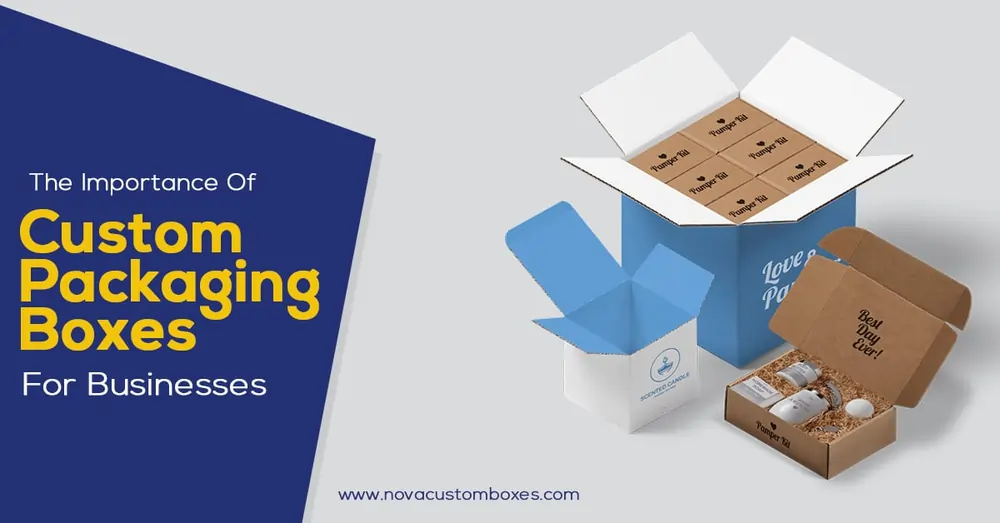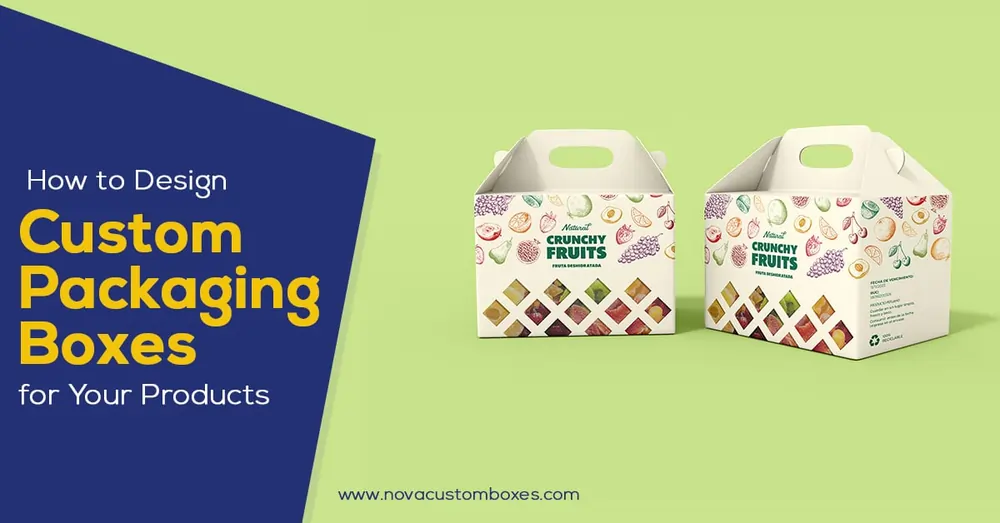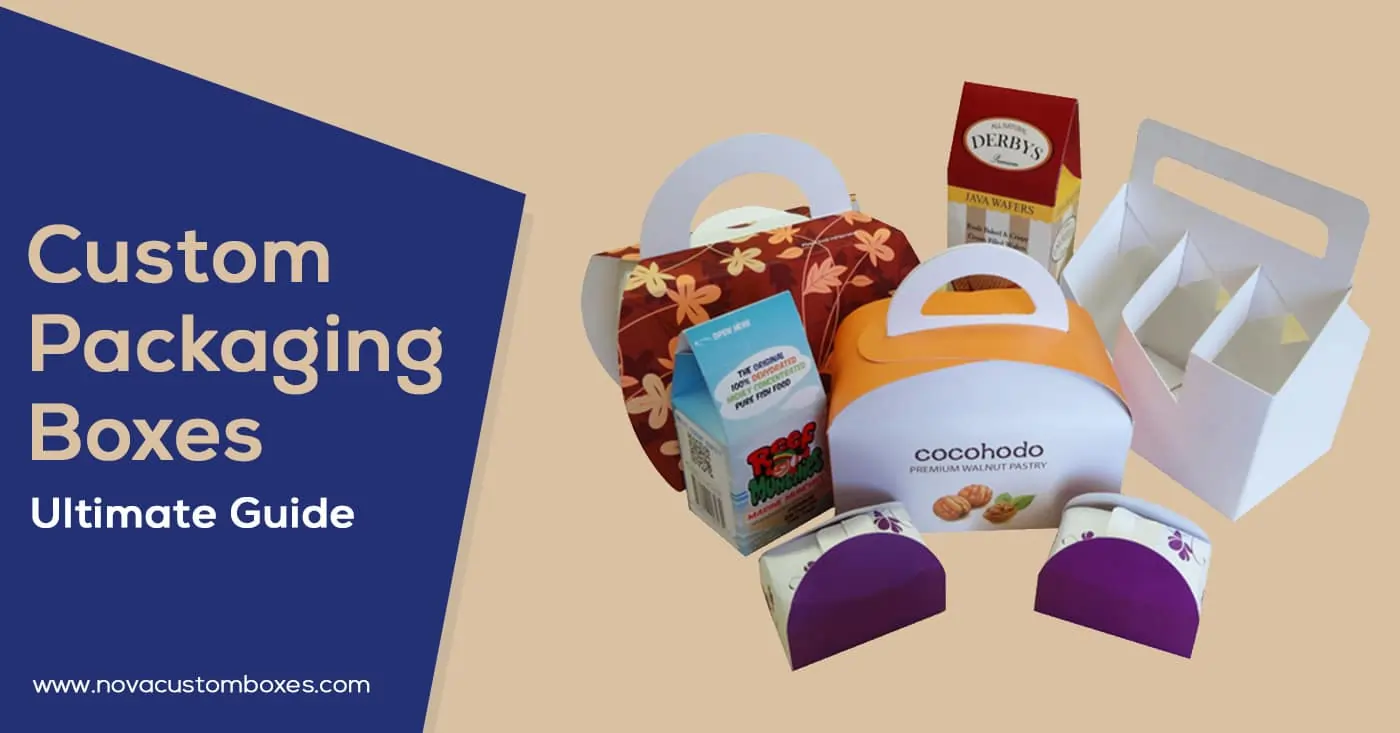Discovering the correct Net Weight for your packaging can be confusing, with many potential problems arising during fulfillment.
So what net weight on packaging entails and how it needs to be presented accurately on product labels or other marketing materials is essential if you are hoping to avoid unnecessary issues and ensure that your customers receive what they have paid for.
Let’s look at why Net Weight is important, regulations around acceptable ways of presenting it on the packaging, and some practical tips on avoiding inaccuracies during production.
- What Is Net Weight On Packaging?
- What Is The Net Weight Of A Product?
- What Does Net Weight Mean?
- Net Weight Labeling Requirements
- What Does Net Weight Mean on Food Packaging?
- What Does Net Weight Mean On A Label?
- What Is The Difference Between Gross Weight And Net Weight?
- Net Weight Vs. Gross Weight: Understanding The Differences
- Calculating Net Weight: What You Need To Know
- Writing Net Weight On Packaging: Regulations And Best Practices
- People Ask Questions
What Is Net Weight On Packaging?
Net weight is an important aspect of the packaging and labeling process, as it provides customers with critical information about the actual weight of the product they purchase. The product’s weight is considered alone, without any packaging materials included.
It means that when you purchase an item with a net weight of 500 grams, for example, you are buying 500 grams of the product itself, not 500 grams of the product, including the weight of its packaging.
Specific regulations must be followed to ensure that net weight is presented accurately on the packaging. These regulations differ depending on the location, with different countries having laws and guidelines.
In the United States, for example, the Net Quantity of Content (NQOC) must be presented on the front of the packaging using standard units of measurement such as grams, kilograms, ounces, or pounds. It is important to ensure that these units of measurement are consistent throughout to avoid any potential confusion for customers.
What Is The Net Weight Of A Product?
Various factors must be considered when determining a product’s net weight. These include the product, the quantity of those materials, and the overall density of the product itself. To accurately measure the net weight, specialized equipment such as scales or weighing machines are often utilized. It is also important to consider any tare weight – the weight of packaging used in transporting the product – and subtract it from the gross weight to arrive at the net weight.
While it may seem like a small detail, accurately presenting the net weight on your packaging can significantly impact customer satisfaction and repeat business.
By adhering to regulations and utilizing precision measurement methods, you can ensure that your customers receive the actual weight of the product they’ve paid for.
Inaccuracies can lead to misunderstandings, returns, and other logistical problems, so paying close attention to these details throughout the production and sales process is essential.
What Does Net Weight Mean?

Net weight is the weight of a product without any packaging or container. It is the actual weight of the item. Understanding the net weight of your product is essential for your business, as it determines your product’s price and also helps determine the right packaging for your product.
- Net weight is the weight of the product alone, without any packaging.
- It is used to determine the price of the product.
- The net weight helps in determining the right packaging for the product.
- Understanding net weight is essential for businesses to avoid legal issues.
Net Weight Labeling Requirements
When it comes to labeling the net weight of your product, it is essential to follow the guidelines and regulations set by the government. The net weight should be clearly marked on the packaging, and it should be accurate. The labeling requirements for net weight vary depending on the product type and packaging.
- The net weight should be marked on the packaging.
- The label should be accurate and not misleading.
- Government regulations mandate the labeling of net weight.
- The labeling requirements vary depending on the product type and packaging, i.e., food boxes, and Cake Boxes.
What Does Net Weight Mean on Food Packaging?
Regarding food packaging, net weight plays a critical role in determining the product’s nutritional value and serving size. It is essential to accurately measure the net weight of the product to ensure that the nutrition information and serving size are accurate.
- Net weight is critical in determining the product’s nutritional value and serving size.
- Accurately measuring the net weight is essential for providing accurate nutrition information.
- Net weight on food packaging plays an important role in the health and safety of the consumer.
- Bakery boxes or custom product boxes all require accurate net weight labeling to ensure compliance with government regulations and provide accurate product information to consumers.
What Does Net Weight Mean On A Label?

To packaged goods, Net Weight is an essential term often seen on product labels. In simple terms, Net Weight refers to the weight of a product without its packaging.
The customer will receive the actual weight of the product, and this information should be clearly displayed on the packaging or accompanying documentation.
Net Weight is an important measure for many reasons, but it primarily ensures that customers are not misled about the quantity of the product they purchase.
By providing accurate Net Weight information on display boxes, you can ensure that buyers receive a transparent and honest representation of the product they are buying.
What Is The Difference Between Gross Weight And Net Weight?
While Net Weight is an important term, other weight measurements should also be considered. Gross Weight, for example, is the total weight of a product, including any packaging or containers.
The difference between Gross Weight and Net Weight is that Gross Weight includes the weight of the packaging, while Net Weight does not. It means that Gross Weight will always be higher than Net Weight, as it has additional materials not part of the product.
It is important to keep the difference between Gross Weight and Net Weight in mind, as they are both important measures for different reasons.
Gross Weight is important for shipping and logistical purposes, as it helps determine transportation costs. At the same time, Net Weight is important for consumers who want to ensure they get the product they paid for.
Net Weight Vs. Gross Weight: Understanding The Differences
Before we dive into calculating and presenting net weight on the packaging, it’s important to understand the difference between net weight and gross weight.
Net weight refers to the weight of a product or item without any packaging or additional materials. On the other hand, gross weight is the total weight of a product or item, including all packaging, wrapping, and other associated materials.
Simply, the net weight is the weight of an item alone, while gross weight includes its packaging. Net weight is an important consideration for manufacturers and consumers, as it reflects the actual amount of product contained within the packaging.
Calculating Net Weight: What You Need To Know
Calculating net weight is a fairly straightforward process, but it requires basic math. To determine the net weight of a product, simply weigh the item by itself, without any packaging. You can then subtract the weight of any additional materials or packaging to arrive at the net weight.
For example, you would weigh each bar without wrappers or boxes if packaging chocolate bars. Once you have the total weight of the bars themselves, you can then subtract the weight of any additional packaging, like boxes or plastic wrappers, to arrive at the net weight.
Writing Net Weight On Packaging: Regulations And Best Practices
Once you have calculated the net weight of your product, it’s important to present it accurately on your packaging. Some regulations often dictate how net weight must be displayed, so you must check with your local authorities to ensure you comply.
In general, net weight should be displayed prominently on product packaging, either in metric or imperial units of measurement. Consider including both metrics to cater to a wider audience.
When writing net weight on the packaging, it’s essential to be consistent and accurate. Any inaccuracies or confusion can lead to unhappy customers or legal troubles down the line. It’s also important to ensure that your product is packaged consistently and uniformly to avoid any discrepancies in weight.
People Ask Questions
Does net weight include packaging?
Net weight should only include the product’s weight, without any of the packaging or shipping materials. It ensures that customers receive the correct amount of product without any extraneous weight affecting the calculation.
Does net weight include the container?
No, net weight only considers the product’s weight within the container. The container weight should be separately stated on the packaging or label.
How do you write net weight on the packaging?
Net weight should be clearly and accurately displayed on the packaging or label, usually in ounces or grams. It should be accompanied by a unit of measurement, such as “Net weight: 16 oz.”
What is net weight vs. weight?
Net weight refers only to the product’s weight without packaging or container. Regular weight can refer to the product’s total weight, including packaging and container. It is important to accurately distinguish between the two to ensure customers receive the correct amount of product.









